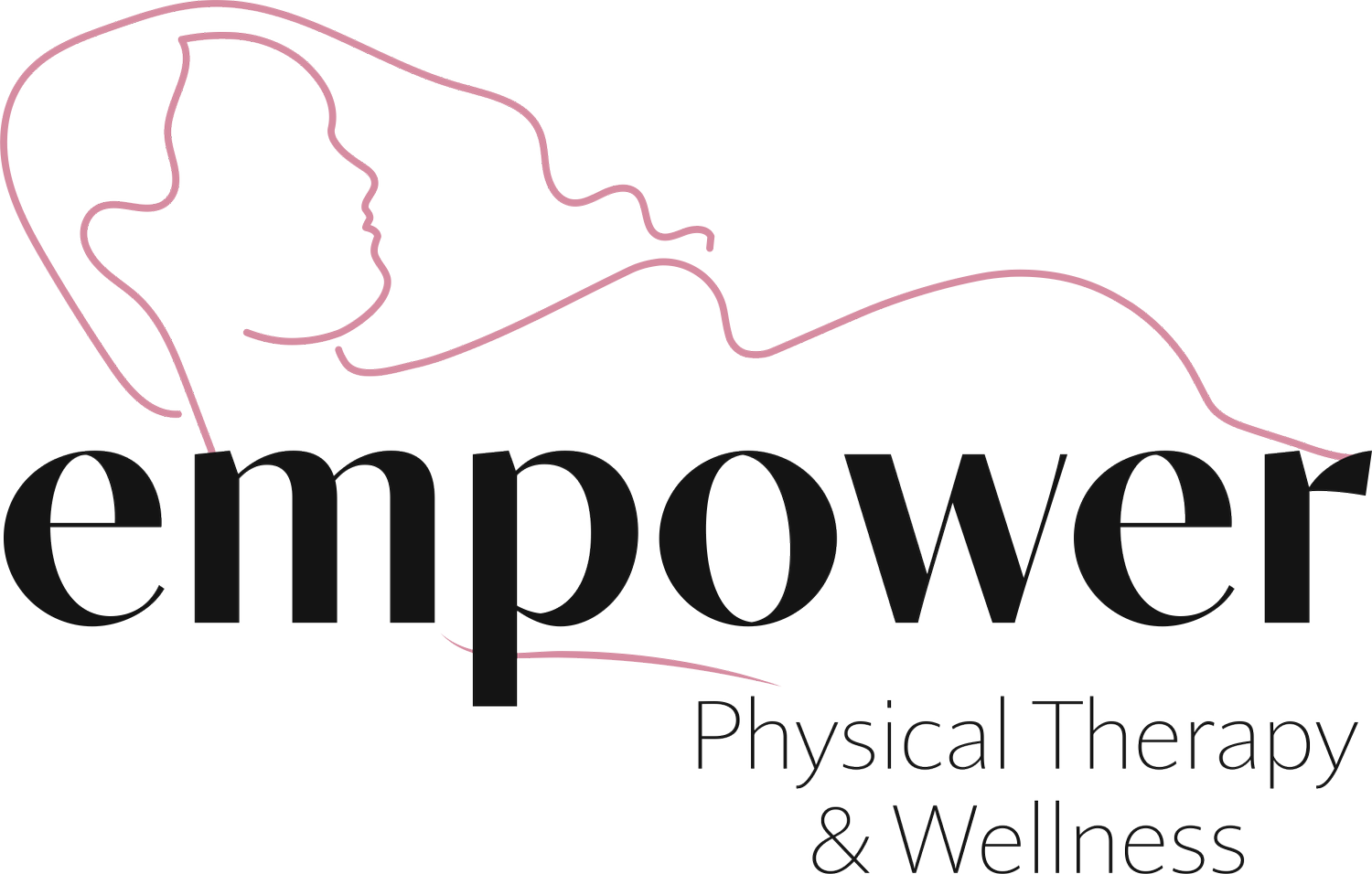Effective Exercises to Relieve Tailbone Pain Post Childbirth
Did you just have a baby now can’t get rid of this literal pain in your butt? Tailbone, or Coccyx, pain can be very common after birth but there are options for care to get rid of pain.
What is you tailbone and where is it?
Your tailbone is the most distal portion of your sacrum, also called your coccyx.
Its main function is for weight bearing while sitting. It acts as the third leg of a tripod in conjunction with your ischial tuberosities also known as “sits bones”
Your tailbone also functions as an attachment point for pelvic floor and glute muscles
Additionally, your tailbone provides support for your pelvic floor and low back
Symptoms of tailbone pain
The most common symptom of tailbone pain is just as it is described and is associated with pain at the tailbone. Usually symptoms are worse with:
sitting
bending
rolling in bed
moving from sitting to standing
Why do I have tailbone pain?
Postpartum tailbone pain is very common after delivery especially after a vaginal delivery but can also occur due to a fall onto your tailbone.
The whole bottom of your pelvis needs to open up to allow baby to pass through. Sometimes this does not happen as easily as we would like and babies head can end up hitting it while trying to exit out. This can cause the tailbone to get essentially bruised or even fractured resulting in pain
Another reason tailbone can occur is because of our pelvic floor gets tight after delivery to try and give your body stability as well as to help protect you. The tightness at your pelvic floor can pull on your coccyx and cause pain.
Why does my tailbone not move enough during delivery
Our pelvic floor muscles need to relax and and lengthen during delivery. Sometimes we may have a tight pelvic floor that has a difficult time getting the length needed and/or it is unable to relax and lengthen during delivery. Your pelvic floor has attachments to your tailbone and when there is too much tightness or tension it can get in the way of letting your sacrum and tailbone move
Often in the US women deliver on their backs; in this position our sacrum and tailbone are touching the bed and can have a more difficult time opening up because the bed is there blocking movement
Decrease in sacrum, coccyx or pelvic mobility. There can be a decrease in mobility of these joints decreasing the ability of the tailbone to move out of the way
Tailbone pain recovery
Focus on sitting upright
sitting in a slouched position puts more direct pressure on your tailbone and it also causes more tension through your pelvic floor resulting in pain
Sitting on a donut
decreasing direct pressure to the area can help
Dry Needling
is a specialized treatment using “dry” or non medicated needles to decrease pain, increase blood flow, increase mobility and decrease tension
See a pelvic floor physical therapist:
a pelvic floor physical therapist can help make sure your tailbone, sacrum and pelvis is aligned correctly as well as decreasing tension to the muscles attaching to the tailbone as well as increasing strength to your core and pelvis to help decrease compensatory tightness
See a chiropractor
we find collaborative care with chiropractors can give our patients great results
tailbone pain relief exercises
There are a couple of important exercises to focus on to help relieve pain.
Mobility exercises: getting your sacrum, spine, pelvis and tailbone moving through their full motion will help make transitions less painful.
Stretches: decreasing tightness to the muscles like, your deep hip rotators, glutes and pelvic floor muscles, helps to decrease pain at your tailbone
Breath work: will help relax pelvic floor muscles
Strengthening: working on strengthening your hip muscles and your deep core will help re balance the body decreasing compensatory tightness
Mobility exercises
Pelvic Tilts in Quadruped
Stretches
Quadruped Rock Back on Block
Breath Work
Childs Pose Breathing
strengthening
Supine TA
These are some of the exercises we like for our tailbone pain patients however they are given to patients after a detailed evaluation as well as guidance with form and response. Before starting any exercises postpartum, please clear it with your postpartum medical team.
We hope this gave you more insight into why tailbone pain can occur postpartum and provided some effective ways to help get you started on your path of healing. Remember you are not alone in this and take things one step at a time!
Dig Deeper: Uncover More Secrets to Pelvic Floor Health
Hi! We are Dr.Aimee and Dr. Lauren
We are the owners of Empower Physical Therapy and Wellness. We are pelvic floor physical therapists who specialize in helping women from pregnancy, into postpartum and through perimenopause, menopause and then beyond! We believe all women deserve to do all of the things they love without symptoms!
You can contact us via our website, email at hello@weempowerpt.com or social media!
The information provided in this blog is for educational and informational purposes only and is not intended as medical advice. Always seek the advice of your physician or other qualified health provider with any questions you may have regarding a medical condition or symptoms. Never disregard professional medical advice or delay in seeking it because of something you have read on this blog.
If you think you may have a medical emergency, call your doctor, go to the emergency department, or call 911 immediately. The opinions expressed in this blog are those of the author and do not necessarily reflect the views of any medical or healthcare institutions.


